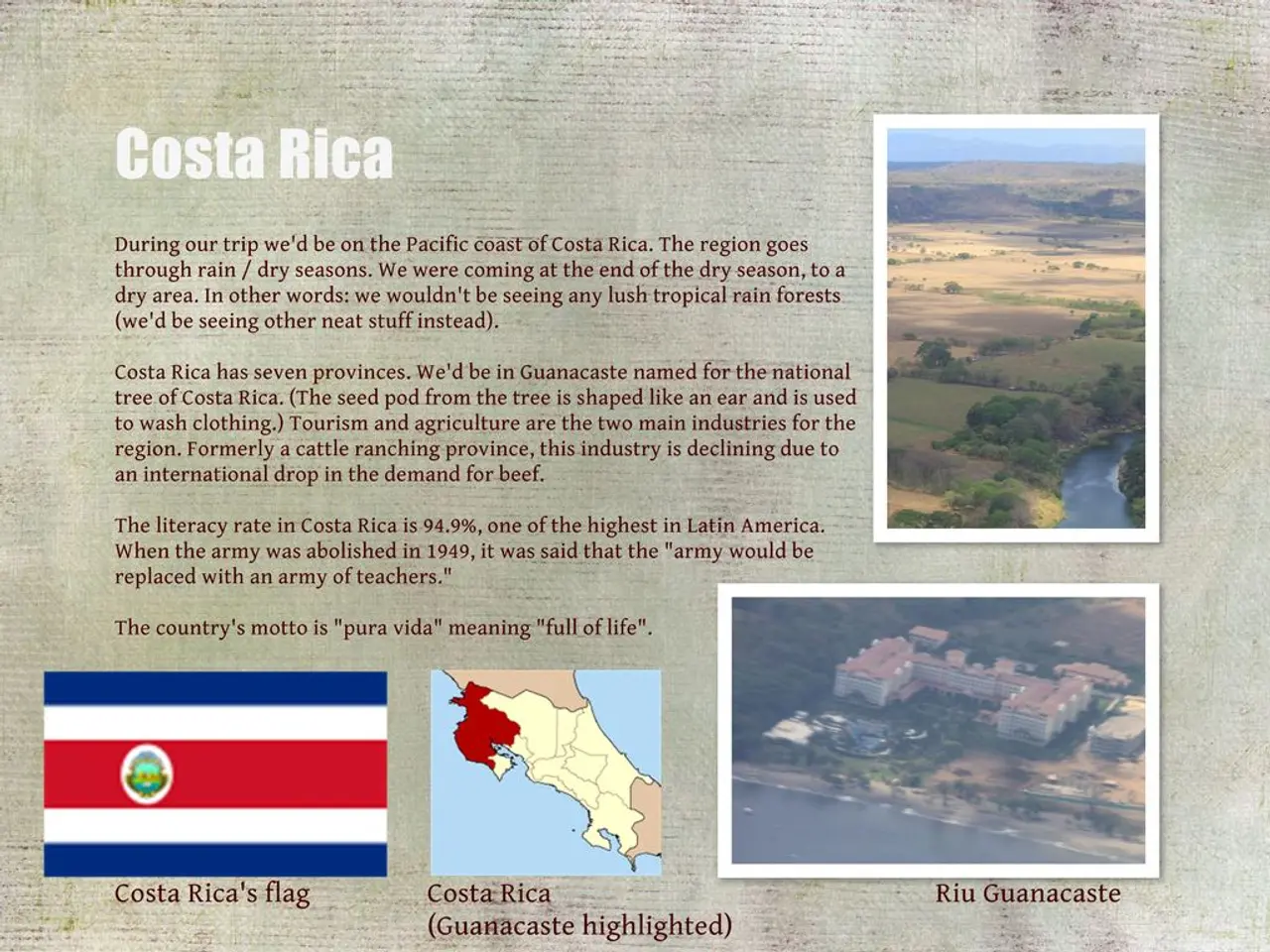Explaining the Name Changes for the Gulf of Mexico and Denali
The process of renaming geographic features in the United States is a significant undertaking that involves local and national levels, with the U.S. Board on Geographic Names (BGN) playing a central coordinating role.
Local authorities or community boards gather input and send recommendations. For example, Teton County, Wyoming, conducted public engagement and recommended changing Mount Woodring to Raven Peak, emphasizing local ecological and cultural significance and community preferences.
The BGN, a federal body within the Department of the Interior, reviews name-change proposals for geographic features nationwide. It has authority to standardize names on federal maps and documents. When the BGN delays acting on a name, the Secretary of the Interior can intervene, as happened with the renaming of Mount McKinley to Denali in 2015.
Name changes can become politically charged. Congressional members sometimes intervene to block or promote changes, such as the long dispute over Mount McKinley’s name involving Ohio and Alaska representatives. Presidential executive orders can also influence board membership or push renaming agendas, as seen with directives issued by President Trump in 2025 aiming to rename geographic features and replace BGN members.
Commissions like the Naming Commission (established by Congress in 2021) also impact renaming, focusing on removing Confederate commemorations in military asset names and advising on broader renaming criteria and procedures.
Renamings often reflect evolving societal values and seek reconciliation or acknowledgment of indigenous heritage, exemplified by the change of Mount Evans to Mount Blue Sky, which honored local tribal significance and was positively received by the community.
The appointment of the secretary of the Interior Department plays a significant role in the decision-making process for name changes. Under the leadership of Secretary Sally Jewell in 2015, President Barack Obama officially recognized the name change for Denali.
Although the U.S. government may officially adopt new names for geographic features, there is no universal authority to mandate other countries to follow suit. For instance, the Gulf of Mexico is now officially recognized as the Gulf of America, but the legal jurisdiction over international waters presents challenges in enforcing name changes beyond U.S. borders.
Mount Denali has reverted to its former title of Mount McKinley, following objections from members of the Ohio congressional delegation, honouring President William McKinley's legacy.
These renamings serve as symbols of national identity, cultural heritage, and the ongoing dialogue surrounding the significance of place names in shaping our collective memory and history. The U.S. Board on Geographic Names, a division of the U.S. Geological Survey, is responsible for standardizing place names in the United States.
Politics often interfere with policy-and-legislation regarding the renaming of geographic features. For example, Congressional members may intervene to block or promote changes, such as the long dispute over Mount McKinley’s name involving Ohio and Alaska representatives.
The renaming process also involves general-news, as it can reflect evolving societal values and seek reconciliation or acknowledgment of indigenous heritage, such as the change of Mount Evans to Mount Blue Sky.







